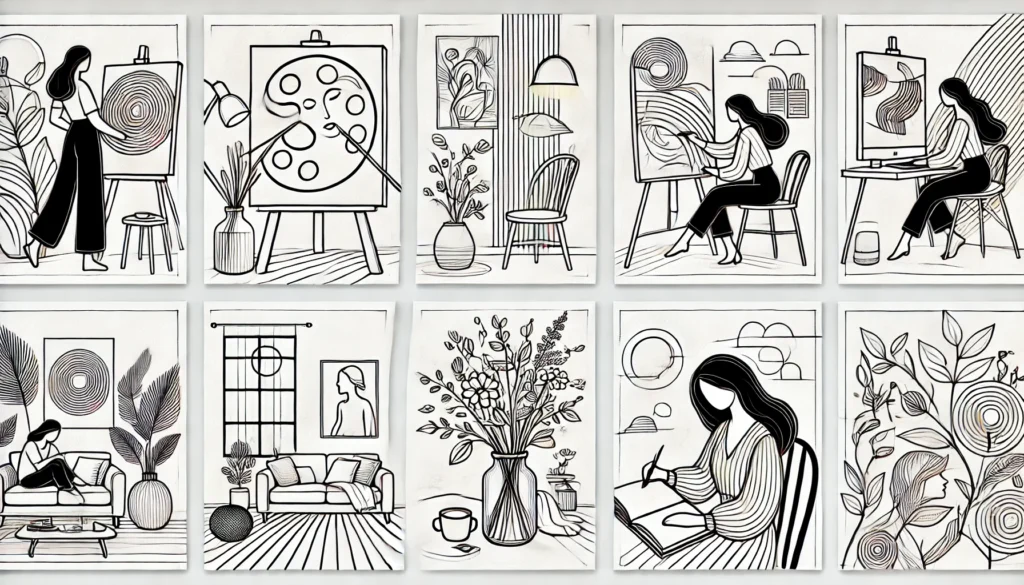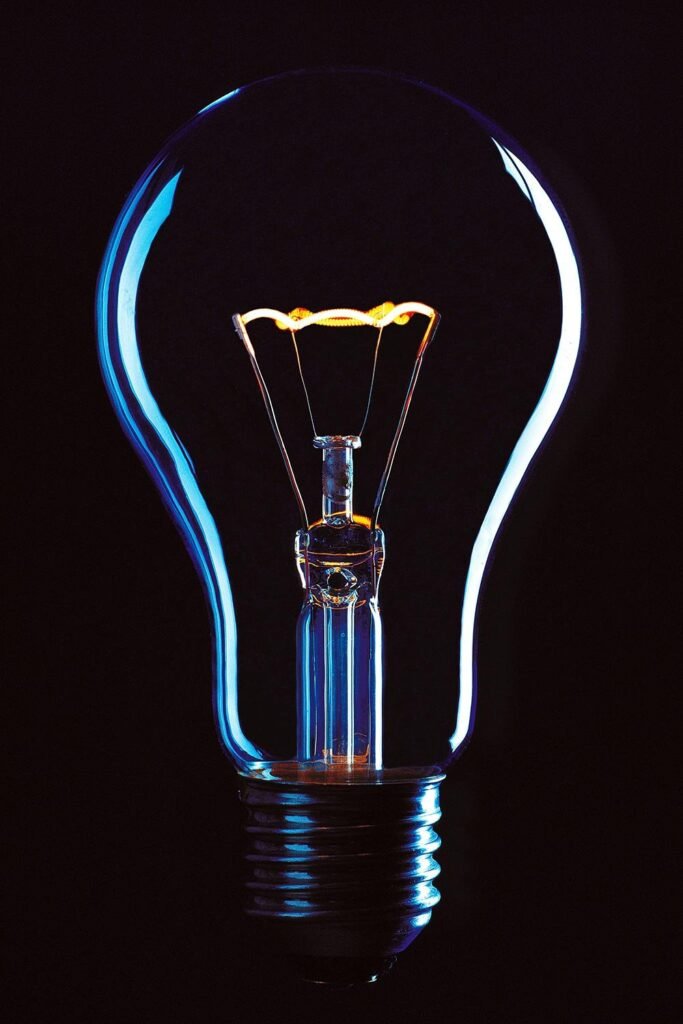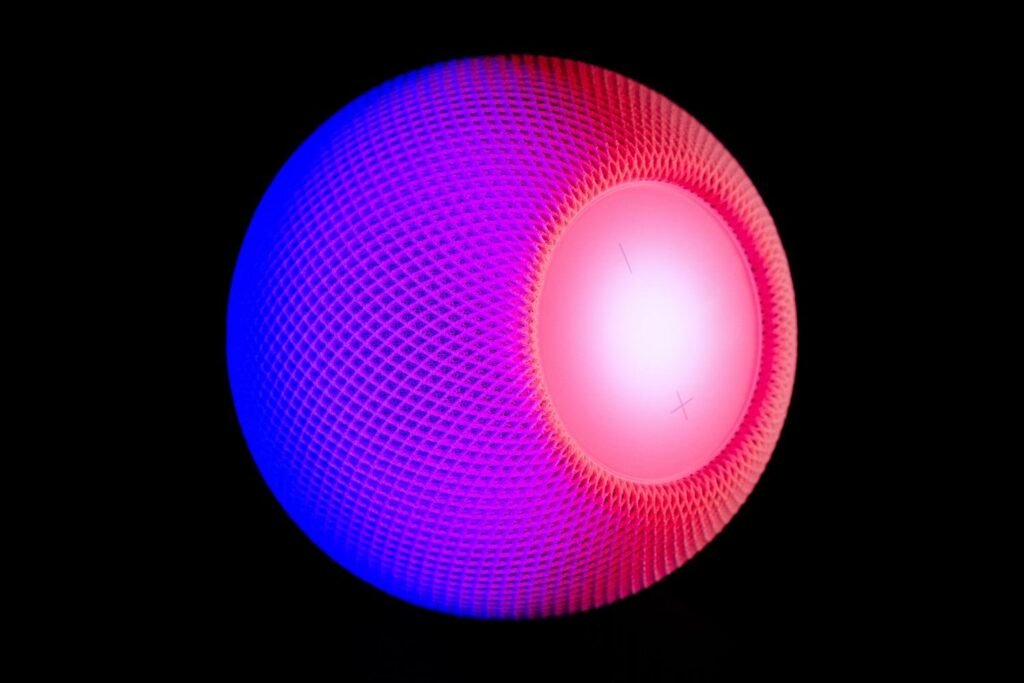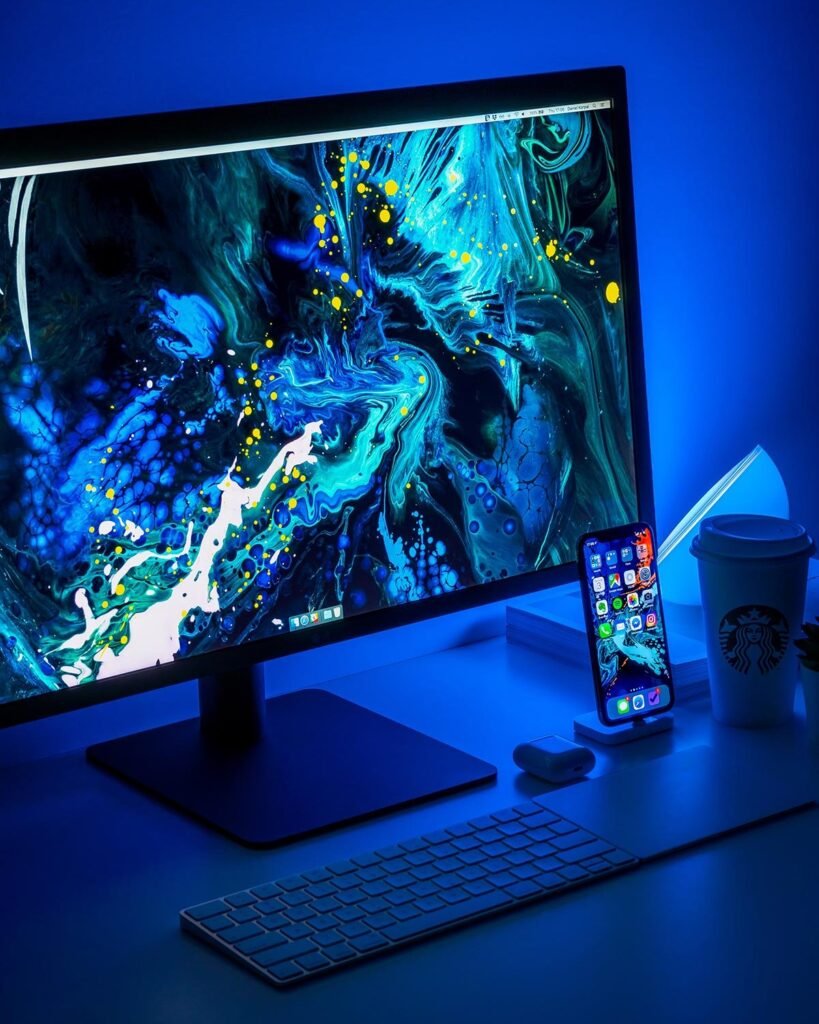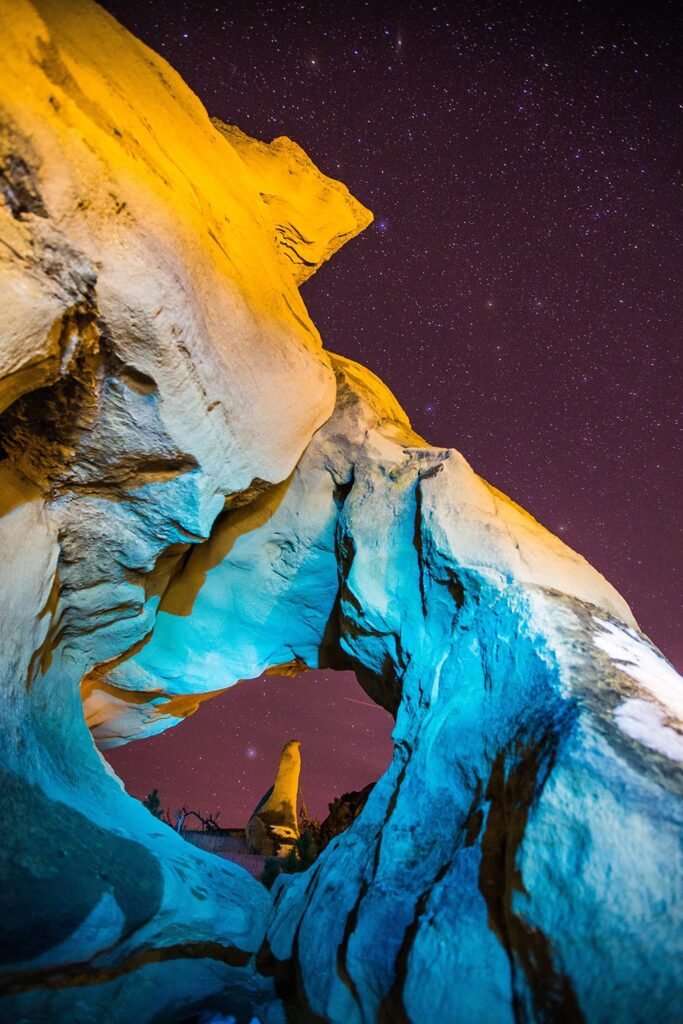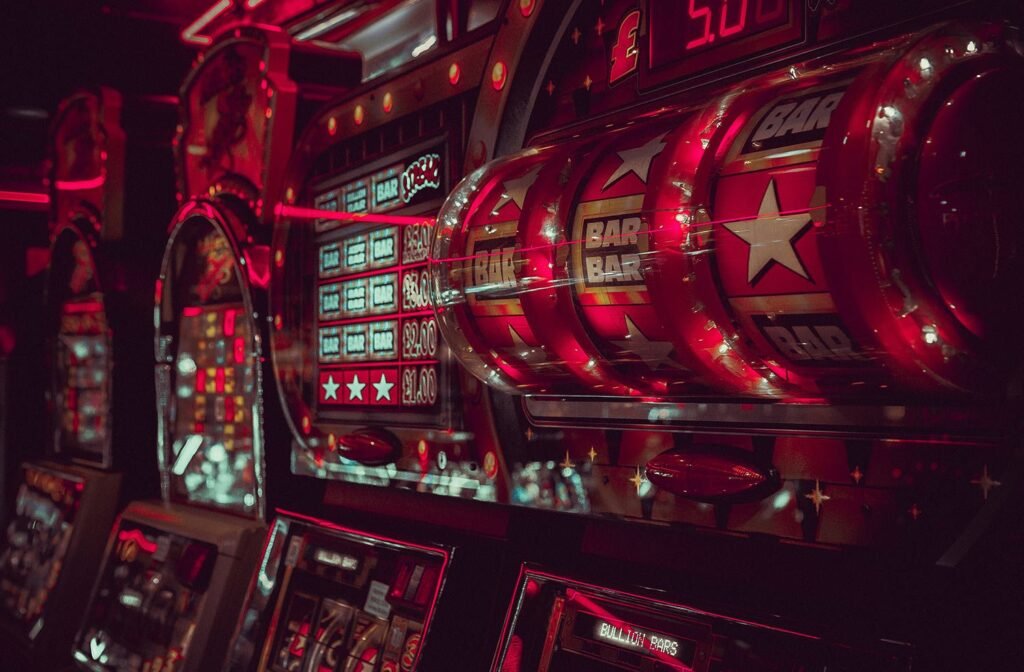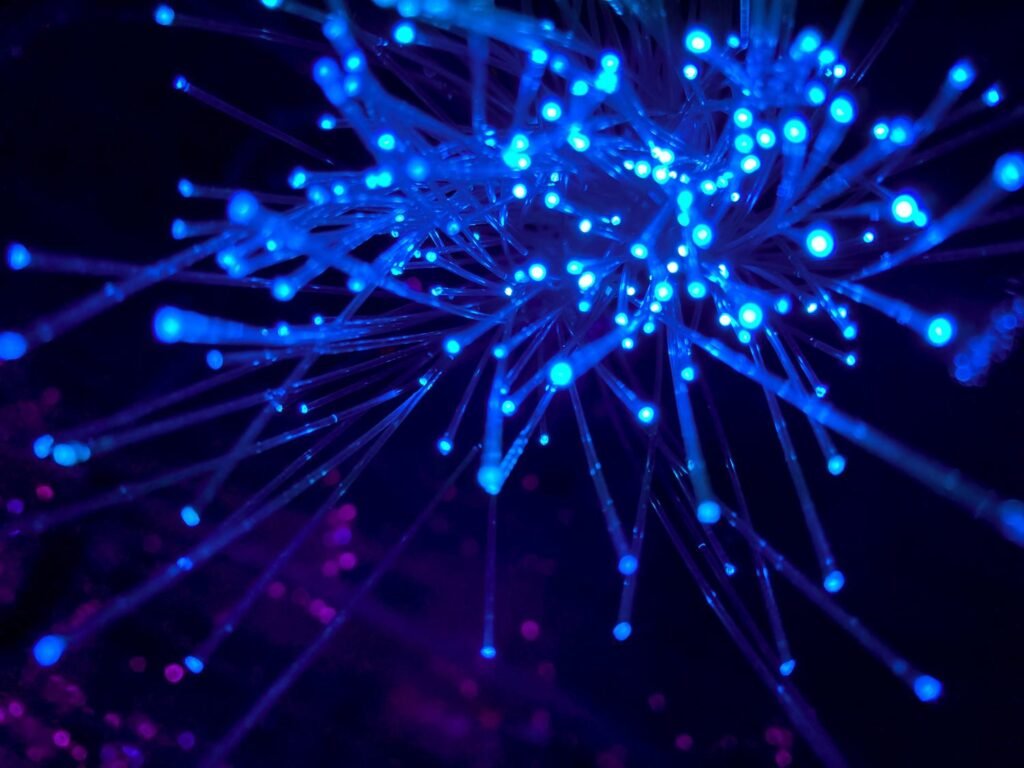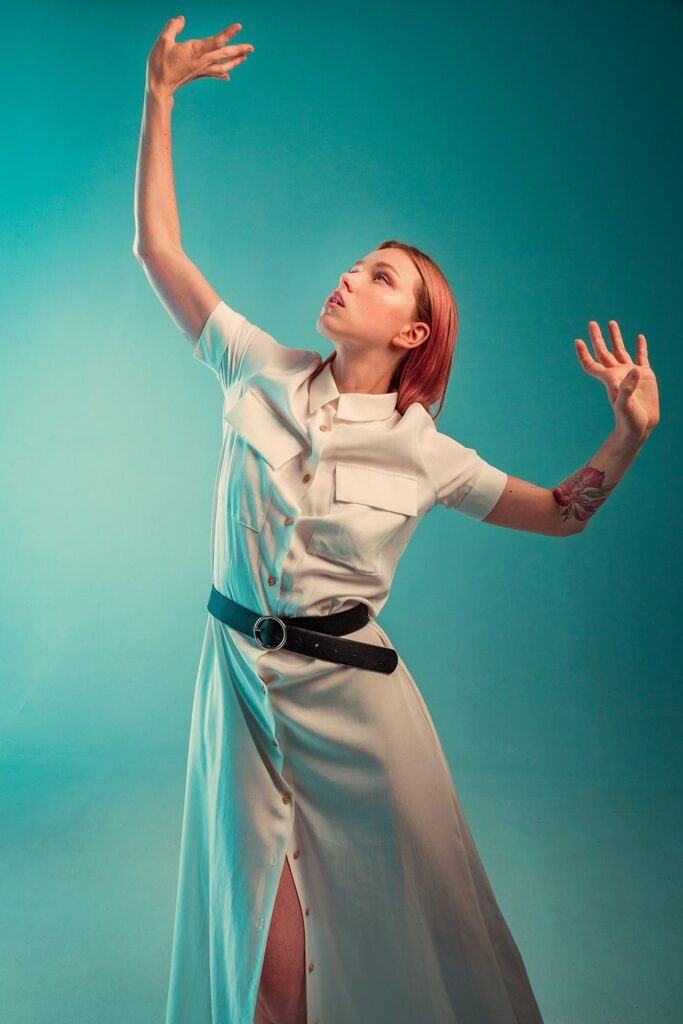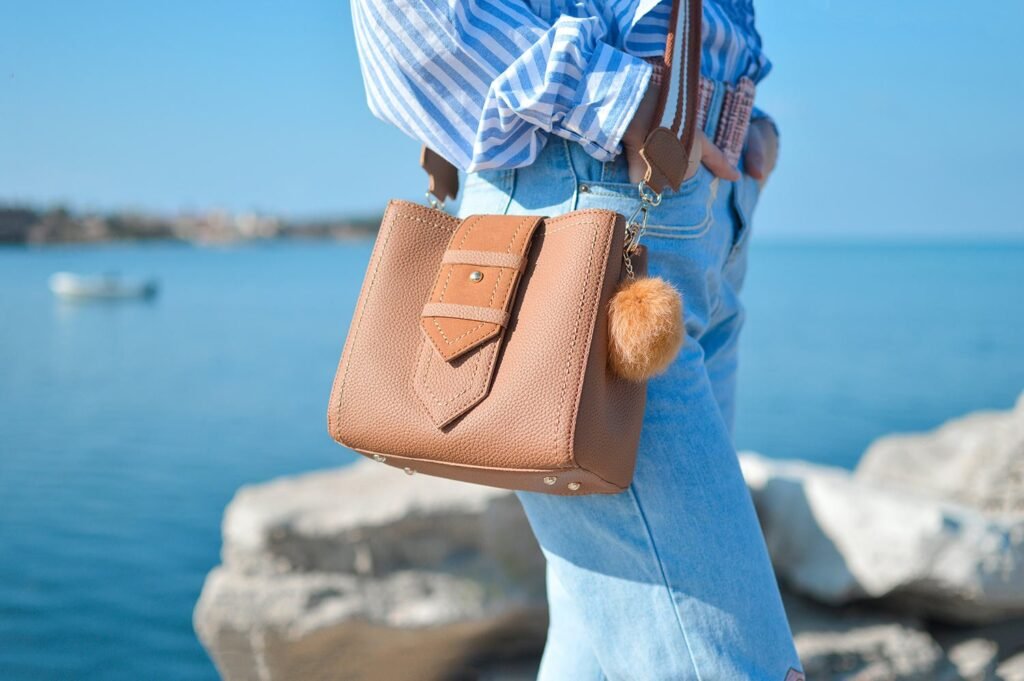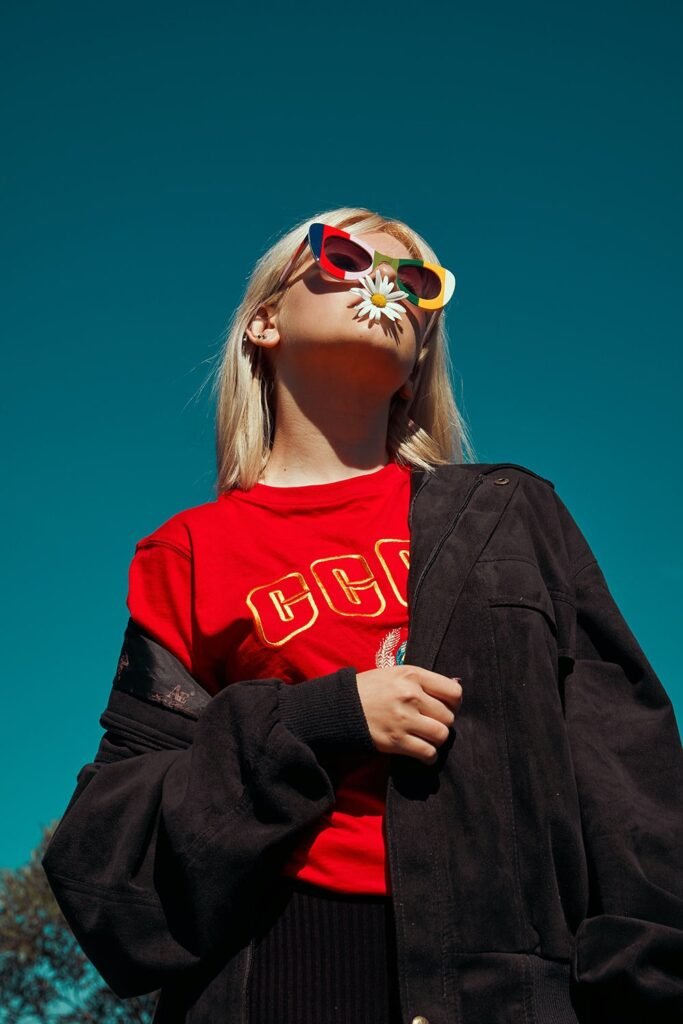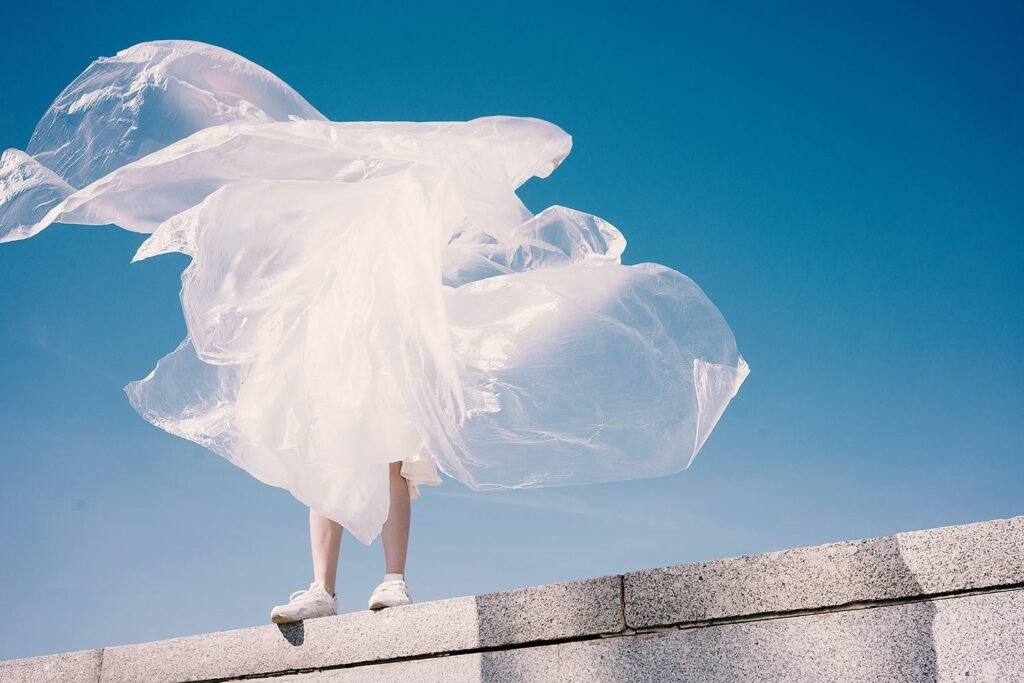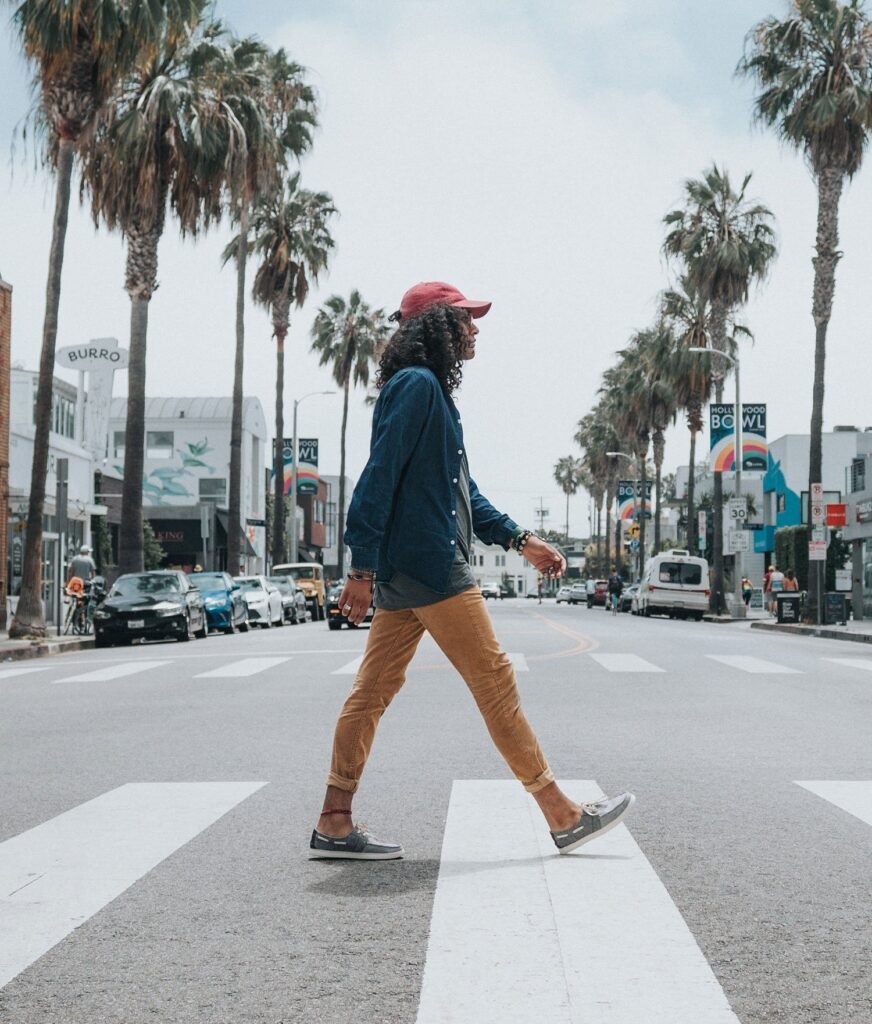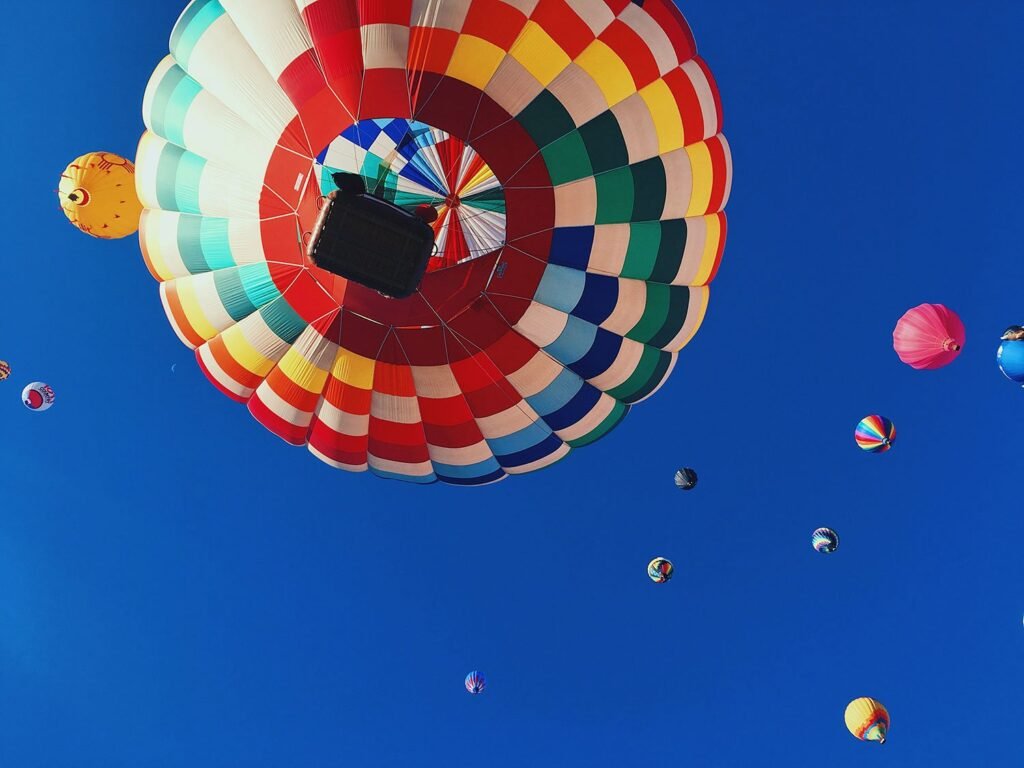Flat Wash Techniques in Watercolor

Introduction:
A flat wash is one of the most fundamental watercolor techniques, ideal for creating smooth, uniform areas of color like skies, walls, or backgrounds. Mastering this technique will help you lay down consistent color and improve your control over the medium.
Materials Needed
- Watercolor Paint: Any color of your choice.
- Brush: A large flat or round brush (size 8-12 works well).
- Watercolor Paper: 140 lb (300 gsm) cold-pressed or hot-pressed.
- Water Containers: One for clean water and one for rinsing your brush.
- Palette: For mixing paint.
- Masking Tape: To secure your paper and create clean edges.
- Tissue or Rag: To blot excess water.
Step 1: Prepare Your Workspace
- Tape your watercolor paper to a flat surface to prevent buckling.
- Place your materials within easy reach to ensure uninterrupted work.
- Tilt your paper slightly (use a book or board) to allow water to flow naturally.
Step 2: Mix the Paint
- Squeeze a small amount of watercolor paint onto your palette.
- Add water to the paint to achieve a smooth, consistent mixture.
- Test the consistency on scrap paper—it should flow easily but still appear vibrant.
Step 3: Load the Brush
- Dip your brush into the mixed paint, ensuring it’s fully saturated.
- Avoid overloading the brush, as dripping paint can cause uneven washes.
Step 4: Apply the Flat Wash
- Start at the Top: Place the brush at the top of the paper and paint a horizontal stroke across the width of the paper.
- Work Downward: Reload your brush and slightly overlap the previous stroke to maintain a wet edge. This prevents streaks or lines.
- Maintain Consistency: Keep the pressure light and even to ensure a smooth application.
Step 5: Finishing the Wash
- Blot the Edges: Use a clean, damp brush or tissue to lift excess paint pooling at the bottom.
- Let it Dry: Allow the wash to air dry completely without touching it.
Tips for a Perfect Flat Wash
- Control Water and Paint: Too much water makes the wash uneven; too little water causes streaks.
- Keep a Wet Edge: Always work quickly to avoid the paint drying mid-stroke.
- Practice on Small Areas First: Gradually work your way to larger washes as you gain confidence.
- Use a Bigger Brush for Larger Washes: This reduces visible brushstrokes.
Exercise: Practice Flat Washes
- Single Color: Create a flat wash using one color.
- Gradient Practice: Create a flat wash transitioning from one color to another for subtle blending.
- Background Practice: Use a flat wash as a background for a simple painting, such as a silhouette.
Common Mistakes and How to Fix Them
- Streaks: Work faster and ensure your brush is loaded consistently.
- Uneven Edges: Use a clean brush to smooth any uneven areas.
- Pooled Water: Dab with a tissue to absorb excess moisture gently.
Conclusion:
The flat wash is an essential technique for any watercolor artist. With consistent practice, you’ll gain control over your brushwork and water usage, resulting in flawless, even washes.
Would you like step-by-step guidance on transitioning from flat washes to gradients or specific applications like skies or backgrounds?













